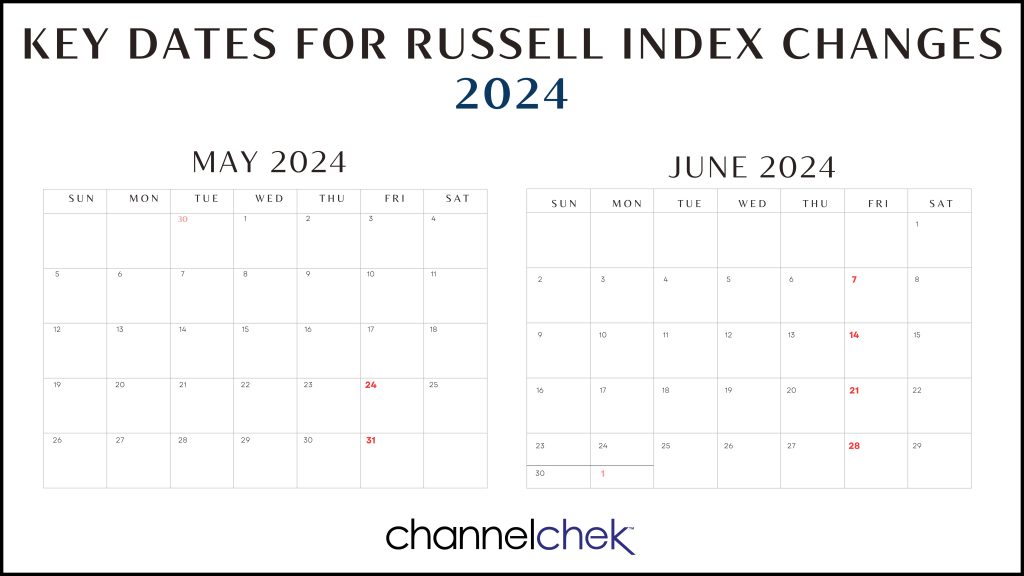| Key Points: – Russell 2000 index drops 3.31%, highlighting small cap vulnerability in current market – Economic uncertainty and investor risk aversion driving small cap sell-off – Long-term strategies and quality focus key for navigating small cap investments |
The recent stock market plunge has sent shockwaves through various sectors, with small cap stocks bearing the brunt of the decline. On August 5, 2024, the Russell 2000 index, a key benchmark for small cap performance, plummeted 3.31%, while the broader Russell 3000 index fell 2.99%. These sharp drops highlight the increased volatility and unique challenges facing small cap investments during economic uncertainty.
Several factors have contributed to the recent sell-off in small cap stocks, including recession fears, disappointing corporate earnings, regulatory pressures on tech giants, and weaker-than-expected employment data. These concerns have led to a broad retreat from equities, with small cap stocks particularly vulnerable due to their less diversified revenue streams and higher sensitivity to economic shifts.
Small cap stocks, typically tracked by the Russell 2000, are known for their high growth potential but also significant volatility. Several factors contribute to their vulnerability during market downturns. Economic sensitivity is a key issue, as limited resources and less diversified operations make small caps more susceptible to economic fluctuations. Liquidity challenges also play a role, with lower trading volumes potentially exacerbating price swings during high market activity. Additionally, investor sentiment tends to shift towards more stable large cap stocks during uncertain times, leaving small caps to bear the brunt of sell-offs.
Despite these challenges, small cap stocks can offer substantial growth opportunities, especially during market recoveries when they tend to outperform larger counterparts. Recent performance metrics underscore the difficulties faced by small cap stocks, with the Russell 2000’s 3.31% decline and the Russell 3000’s 2.99% drop on August 5, 2024, reflecting increased volatility and risk aversion among investors.
For investors navigating the small cap sector during turbulent times, several strategies can be considered. Diversification remains crucial, spreading investments across various sectors and market capitalizations to mitigate risk. Focusing on quality is equally important, seeking out small cap companies with strong fundamentals, solid balance sheets, and competitive advantages. Dollar-cost averaging, which involves regularly investing fixed amounts, can help take advantage of market dips and reduce overall risk.
Adopting a long-term perspective is also vital, as small caps often outperform over extended periods despite short-term volatility. During economic uncertainty, investors might consider small caps in defensive sectors like healthcare or consumer staples, which tend to be more resilient during downturns.
While market downturns can be unsettling, they often present opportunities for long-term investors. Small cap stocks trading at discounted valuations may offer significant upside potential when the market recovers. Savvy investors can use this period to identify promising small cap companies with strong growth prospects and resilient business models.
In conclusion, the recent market decline has significantly impacted small cap stocks, as evidenced by the Russell 2000 and Russell 3000 index performances. While these stocks carry higher risks during economic uncertainty, they also offer compelling growth potential. By employing diversification, focusing on quality investments, and maintaining a long-term perspective, investors can navigate the challenges and capitalize on opportunities within the small cap sector.
It’s important to note that small cap investing requires careful consideration and research. The higher volatility and potential for significant gains or losses make it crucial for investors to thoroughly understand their risk tolerance and investment goals. Market conditions can change rapidly, and what works in one economic environment may not be suitable in another.
As the market continues to evolve, small cap stocks remain an important part of a well-rounded investment portfolio. Their potential for outsized returns during market recoveries makes them attractive to investors willing to weather short-term volatility for long-term gains. However, as with all investments, it’s essential to approach small cap investing with a well-thought-out strategy and, when in doubt, consult with a financial advisor to ensure your investment approach aligns with your personal financial objectives and risk tolerance.










